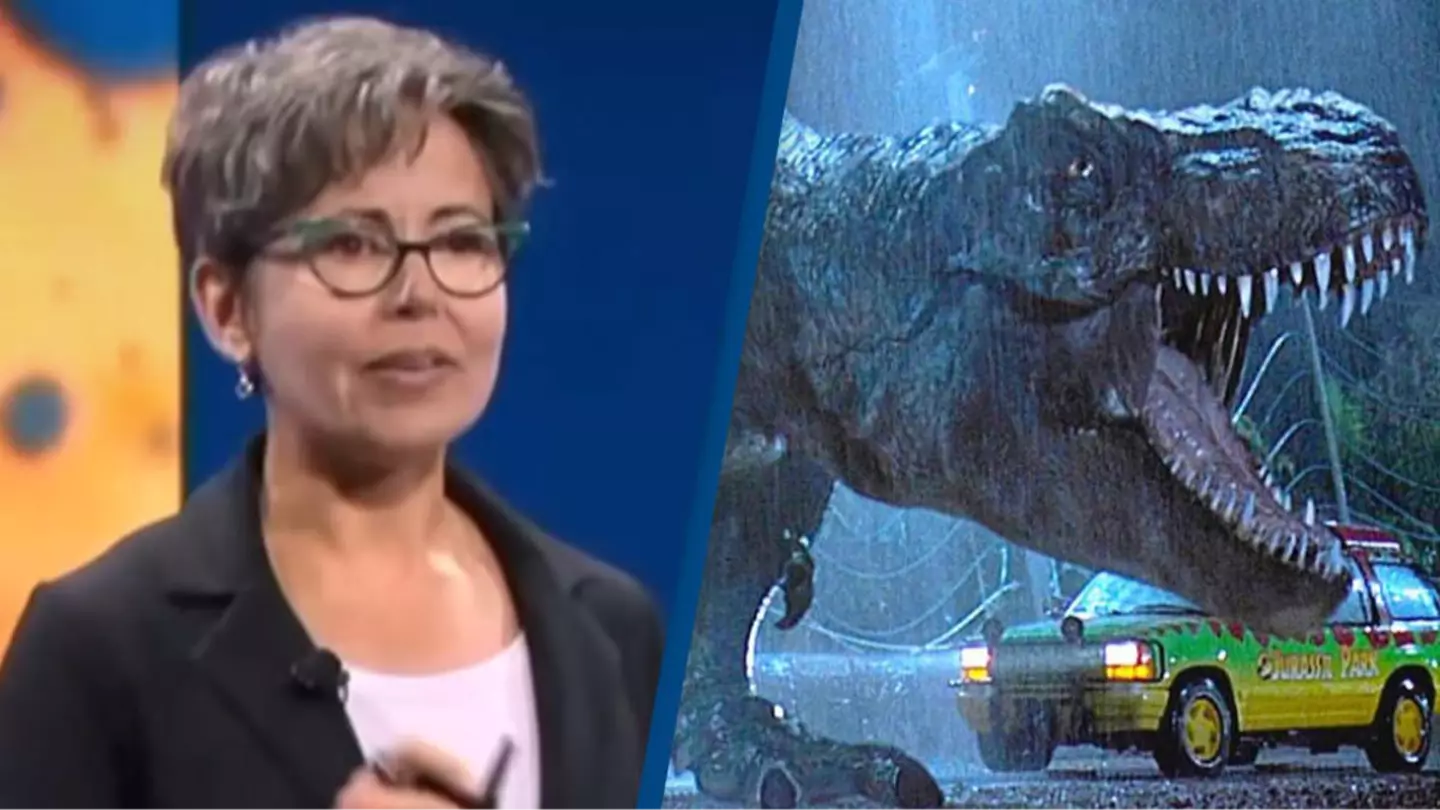
Featured Image Credit: Facebook/Colossal Biosciences / Universal Pictures
Topics: Science, Technology, Nature

Topics: Science, Technology, Nature
Gerrard is a Journalist at UNILAD and has dived headfirst into covering everything from breaking global stories to trending entertainment news. He has a bachelors in English Literature from Brunel University and has written across a number of different national and international publications. Most notably the Financial Times, Daily Express, Evening Standard and Newsweek.